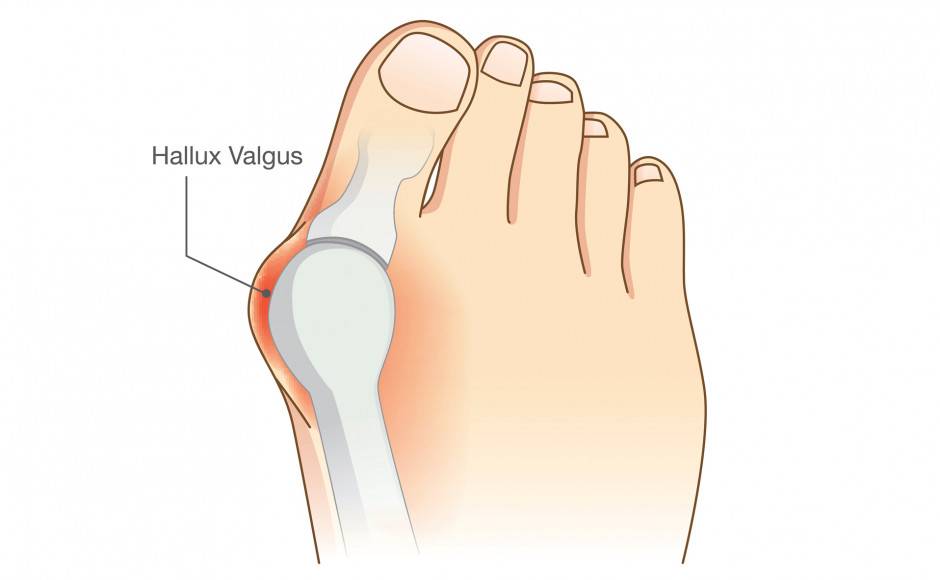Advanced Bunion Surgery
A bunion refers to the bony bump that forms on the first joint of the big toe. As the bunion worsens, the bump becomes more prominent and the big toe begins to drift more crooked. The big toe will start to push and crowd the smaller toes and this can lead to their deformation as well. Bunions are often associated with pain and swelling of the area, progression of arthritis and difficulty wearing closed-toe shoes and high heels. Bunions are the most common foot deformity seen in the office setting. They are medically referred to as Hallux Abducto Valgus.
There are many elements that influence formation of bunions including long term use of ill-fitting shoes, hereditary predisposition, foot structure, joint and ligamentous structure, and systemic conditions, such as rheumatoid arthritis.

More About Advanced Bunion Surgery
Bunions are foot deformities that will inevitably worsen over time. It is important to have a consultation early.
Bunions vary greatly in their degree of severity and what factors cause them to form. There are over 100 different bunion correction procedures listed in the medical literature. Procedures range from shaving off the bone bump, to making certain cuts into the bones or joints and fixating them into a corrective position with screws/pins. Therefore, there exists no “best” procedure that will correct every bunion - each one must be uniquely evaluated.
Dr. Matthew Turanovic is trained in the most up to date and advanced surgical techniques and protocols for foot and ankle surgery - without the need for casts and crutches. See the about me for more information about your surgeon.
A thorough consultation, history, examination, and understanding of patient goals are required to determine and tailor which surgical procedure(s) will correct the bunion as a whole. As such, information about the recovery period and return to activities and work will be discussed at time of consultation.
The surgery typically takes about an hour. Surgery is done with regional anesthesia and optional oral sedation. This means the nerves of the foot are numbed with local anesthetic so no pain is felt during the procedure. Oral medication is given to reduce anxiety, promote a calming effect, and sometimes a relaxing nap. This allows for a quicker, more comfortable recovery after surgery and poses significantly fewer risks and complications compared with general anesthesia.
Detailed care instructions will be given and pain control medicine will be prescribed after surgery. You will have direct contact with the surgical team should questions or concerns arise when you leave the office.
